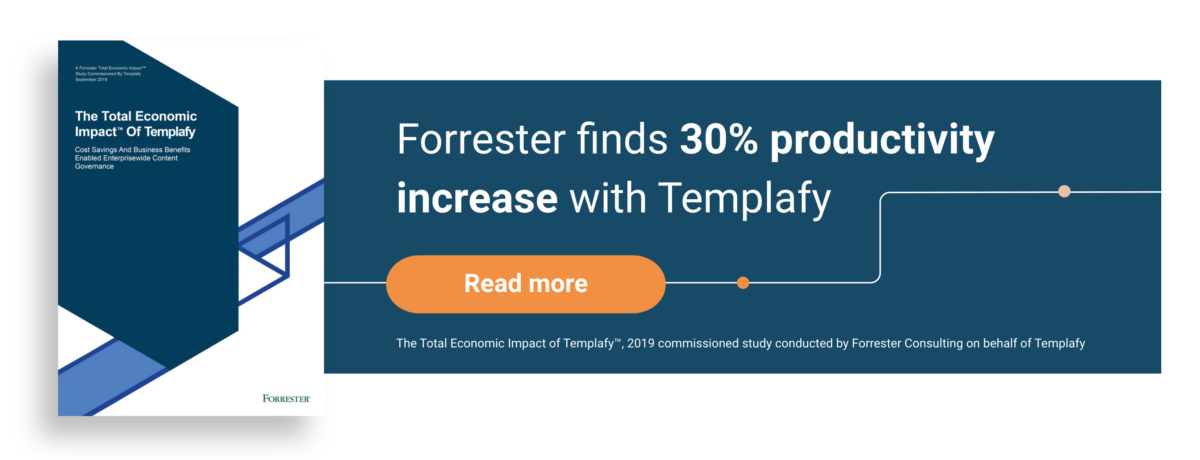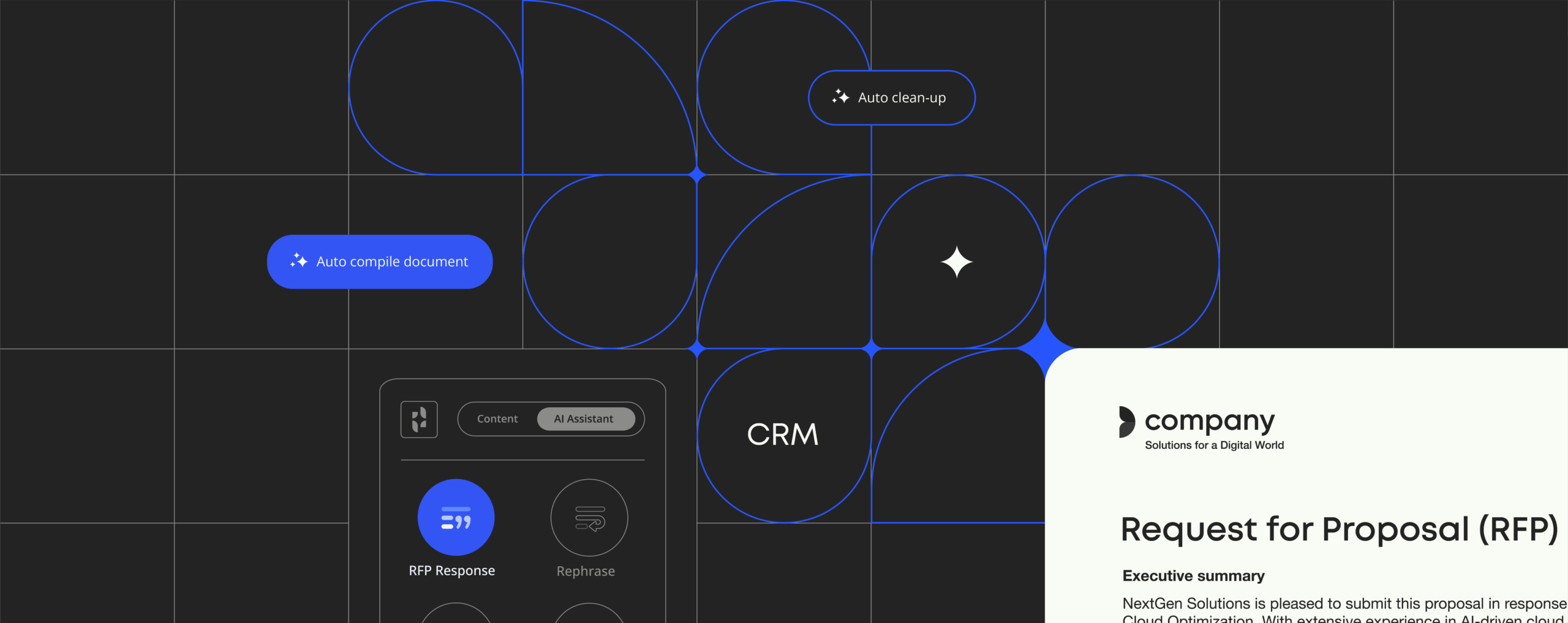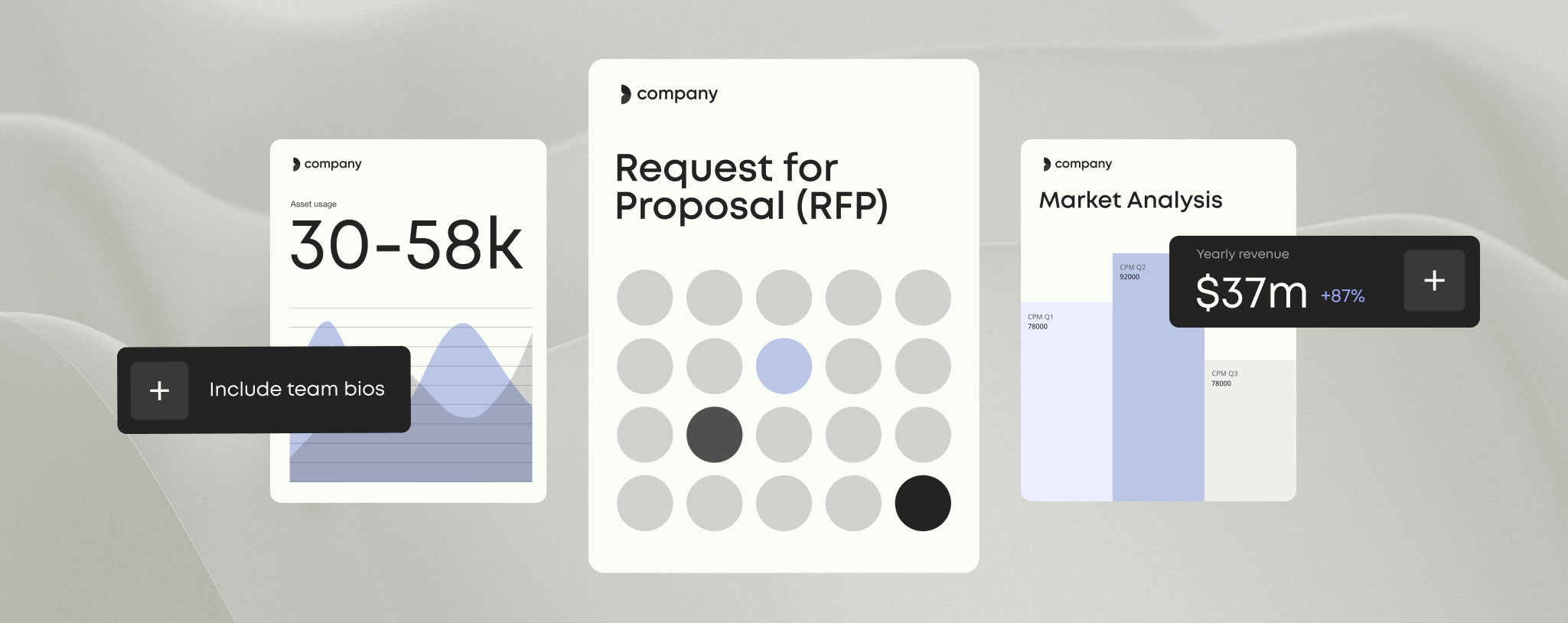Four ways in which legal professionals can maximize billable hours

Aiming to maximize billable hours? Here are some handy productivity hacks guaranteed to boost law firm productivity.
All professionals are expected to produce quality work. But if you’re a legal professional, the pressure is twofold: you’re expected to both perform to an exceptional standard, and clock thousands of billable hours. The math is simple – the more billable hours you do, the more valuable you are to your law firm. Keeping track of billable hours is a feature of normal working life for legal professionals, but increasing productivity within both billable and non-billable hours can enable quicker and more efficient workflows.
Wasted non-billable hours can cause difficulties, as these can contribute to the reasons why some of the most hard-working lawyers struggle to reach high targets. Although the numbers range across individuals, research has shown that between 10 and 20 or more hours of a legal professionals’ week are non-billable. In such a competitive field, law firms need to ensure their employees are using every tool possible that can offer them an advantage, so they are able to spend more time doing billable work.
That’s not to suggest that non-billable hours are unimportant – on the contrary, non-billable work is often hugely beneficial for things such as personal career development. strategy and training. However, spending non-billable hours doing tasks which could take less time is a hindrance to productivity, and should be minimized as much as possible.
Here are four tips and tools that law firms can implement to help legal professionals maximize billable hours:

Summary
Four ways to maximize billable hours
- Record time with time-tracking software.
- Don’t sell yourself short.
- Use technology where you can.
- Utilize document templates.
1. Record time with time-tracking software
For a lawyer to maximize billable hours, it’s crucial to accurately record those hours. Time-tracking software is an important tool for law firm productivity, ensuring lawyers capture all their billable time as they work.
There are plenty of highly effective time-tracking apps available on the market, for example Bill4Time and BillQuick. As law firms vary in sizes and practice methods, it’s important to use a legal time-tracking software that works with the specificities of your law firm. Some software enables time to be recorded when a team is collaborating on matters as a combined time report, and some lets lawyers round off their time entries to fit within their firm’s billing model. Choosing the right time-tracking app will mean time is recorded more easily and accurately, helping all billable hours to be clearly accounted for. This also helps lawyers and legal professionals to understand more where time is being spent, and how they need to monitor their work accordingly.
2. Don’t sell yourself short
You probably already work very quickly and efficiently, but sometimes it’s about more than working smarter: it’s about owning the hard work you’ve done and accurately charging for all of it, rather than just dismissing “two-minute phone calls” as not worth recording. A study carried out by timekeeping software provider Chrometa asked over 500 billing service professionals about their billing habits. Where you’d imagine all professionals would ultimately want to maximize billable hours, these types of respondents claimed they captured just 67 percent of their legitimate billable time – meaning they worked three hours for every two they billed. It’s important to make sure you’re not selling yourself short through situations like this, and ensuring you are following law firm-wide guidelines for how time spent like this is recorded.
3. Use technology where you can
The legal profession is one where not everything can be digital – client-facing work still has to happen, and files are often needed to be in physical forms. A completely digital legal firm is never going to be possible. Although it’s currently unrealistic to expect digital processes to occur for all tasks needed within the legal industry, there are ways in which technology can be used to save time.
Using transcribing software that quickly and accurately records meetings with clients is one such example. Often, it will take a legal professional a large amount of time to transcribe the information from a client meeting and understand what’s important, but through using software such as Sonix, the audio is transcribed. Legal professionals can simply glance through the transcript to quickly and easily understand the main points that they need.
Similarly, although paperwork remains physical, digital signatures can be used to make the process quicker. Instead of partners or senior members of a law firm being presented with a physical document to sign during their workday, the request can be made and completed over email, meaning manual time to complete this task in person is reduced. Receiving an email request is less disruptive than being disturbed in person, so this also helps the flow of work and concentration, and productive working means more can be achieved.
4. Use document templates to save time
Despite what dramatic TV courtroom shows would have audiences believe, most lawyers and legal professionals are really in the business of creating and updating documents – whether it’s legal contracts, drafting advice or creating client presentations.
But despite this being a core component of the job, document creation is often where law firm productivity roadblocks spring up – most lawyers don’t have optimal drafting methodology, and lose hours creating documents from scratch or cobbling together templates from old documents.
Advice suggests that several gold standard templates should be kept and stored, to be used as the basis for document creation. But as all lawyers know, legislation and regulation is ever-changing, and so are law firms. Everything from standard clauses to a firm’s branding will ultimately need to be updated, and your investment in best-practice templates will be completely wasted if those templates grow obsolete and out of date.
That’s why a key lawyer productivity hack is harnessing document automation software which carries out the job of keeping templates compliant and on-brand. For example, Templafy automates the process of creating compliant documents for lawyers. It integrates with Office suites and across devices so lawyers can access best-practice templates and company data anywhere, applies the correct, up-to-date firm branding and visual and legal standards, and automatically alerts users when a document is not compliant. This means work that consumes non-billable time is done much more rapidly and requires less effort from the individual, saving time through removing frustrating manual processes from the workflow.
Build better documents at scale
In conclusion
Overall, it’s clear that the right tools are what help those working in law firms spend their time more wisely, whether that’s through document automation or recording billable hours. For more information about how the top law firms are using technology to optimize their productivity, evolve knowledge automation, automate compliance and create documents 30% faster, download our guide to knowledge automation for law firms.


